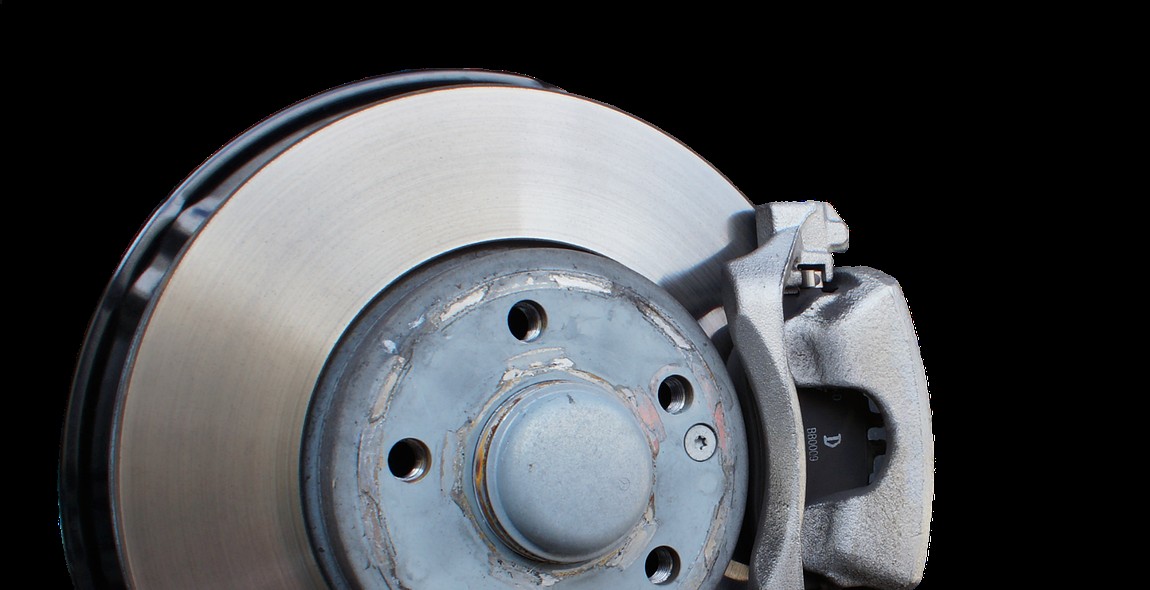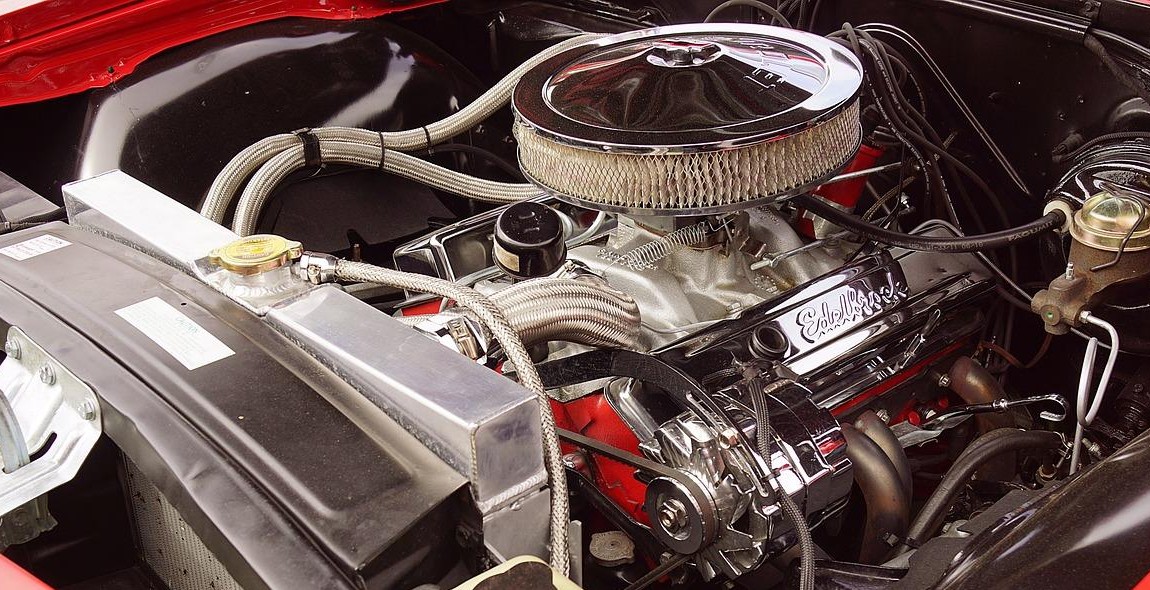How to Do Basic Car Repairs: Essential Skills for DIY Auto Maintenance
As a professional article writer and content creator with years of experience, I can attest to the importance of knowing basic car repairs. Basic car repairs are essential skills that every car owner should have. Not only does it save you money, but it also gives you a sense of independence and control over your vehicle.
Why Basic Car Repairs are Important
Basic car repairs are important because they help you keep your vehicle in good condition. Regular maintenance and repairs can prevent major problems from occurring, which can save you a lot of money in the long run. It also ensures that your vehicle is safe to drive, which is important for your own safety and the safety of others on the road.
Benefits of Knowing Basic Car Repairs
Knowing basic car repairs has many benefits. Firstly, it saves you money on repairs and maintenance costs. Secondly, it gives you a sense of independence and control over your vehicle. You don’t have to rely on a mechanic for every little thing, which can be inconvenient and expensive. Thirdly, it can be a great hobby and learning experience. Learning about how your car works and how to fix it can be very satisfying and rewarding.
Overall, learning basic car repairs is a valuable skill that every car owner should have. In this article, I will provide you with some essential skills for DIY auto maintenance that will help you keep your vehicle in good condition and save you money in the long run.
Essential Tools for Basic Car Repairs
As a DIY auto maintenance enthusiast, it is important to have the right tools for the job. With the right tools, you can complete basic car repairs with ease. Here are some essential tools you should have in your toolbox:
Socket Set
A socket set is a must-have tool for any DIY auto mechanic. It includes a range of socket sizes that can be used to tighten or loosen nuts and bolts. Make sure to get a set that includes both standard and metric sizes to cover all your bases.
Screwdrivers
A set of screwdrivers is also essential for basic car repairs. You will need both Phillips and flathead screwdrivers in different sizes to remove screws and bolts from various parts of your car.
Pliers
Pliers are versatile tools that can be used for a range of tasks, from gripping and twisting to cutting and bending. Get a set of pliers that includes slip-joint, needle-nose, and locking pliers.
Wrenches
Wrenches are a necessity for any car repair job. A set of combination wrenches in both standard and metric sizes will allow you to tackle a variety of tasks.
Jack and Jack Stands
A jack and jack stands are necessary for any job that requires you to lift your car off the ground. Make sure to use them properly to avoid injury.
Oil Filter Wrench
An oil filter wrench is a specialized tool that is used to remove the oil filter from your car’s engine. Make sure to get the right size for your specific filter.
Funnel
A funnel is a simple but essential tool that makes it easy to add fluids like oil or coolant to your car without making a mess.
Oil Pan
An oil pan is necessary for draining the oil from your car’s engine during an oil change. Make sure to get a pan that is large enough to hold all the oil.
Brake Cleaner
Brake cleaner is a solvent that is used to clean brake parts and remove brake dust and debris. It is an essential tool for brake maintenance.
Gloves
Wearing gloves is important when working on your car to protect your hands from cuts, scrapes, and chemicals. Make sure to get a pair of gloves that are durable and fit well.
With these essential tools in your toolbox, you’ll be ready to tackle basic car repairs with confidence.
How to Change Your Car’s Oil
Regular oil changes are an important part of basic car maintenance. Not only does it help to keep the engine running smoothly, but it can also prolong the life of your car. Here is a step-by-step guide on how to change your car’s oil.
Step 1: Gather the Necessary Tools and Materials
Before you start, make sure you have all the necessary tools and materials. You will need:
- Oil filter wrench
- Oil drain pan
- New oil filter
- New oil
- Funnel
- Rags or paper towels
Step 2: Locate the Oil Filter and Drain Plug
Locate the oil filter and drain plug under the car. Refer to your car’s manual if you are unsure where they are located.
Step 3: Drain the Old Oil
Place the oil drain pan under the drain plug and loosen the plug with a wrench. Allow the old oil to drain completely into the pan.
Step 4: Replace the Oil Filter
Remove the old oil filter using an oil filter wrench. Apply a small amount of new oil to the rubber gasket on the new oil filter. Install the new oil filter by hand, tightening it until it is snug.
Step 5: Add New Oil
Remove the oil cap and use a funnel to add the new oil. Refer to your car’s manual for the correct type and amount of oil to use. Once you have added the new oil, replace the oil cap.
Step 6: Check the Oil Level
Start the engine and let it run for a few minutes. Turn off the engine and wait a few minutes for the oil to settle. Check the oil level using the dipstick and add more oil if necessary.
Step 7: Dispose of the Old Oil Properly
Dispose of the old oil properly. Many auto parts stores and service stations will accept used oil for recycling.
| Step | Action |
|---|---|
| 1 | Gather tools and materials |
| 2 | Locate oil filter and drain plug |
| 3 | Drain old oil |
| 4 | Replace oil filter |
| 5 | Add new oil |
| 6 | Check oil level |
| 7 | Dispose of old oil properly |

How to Replace Your Car’s Brake Pads
Replacing your car’s brake pads is a crucial part of maintaining your vehicle. It’s a relatively simple process that can be done at home with the right tools and materials. In this guide, we will walk you through the steps to replace your car’s brake pads.
Step 1: Gather the Necessary Tools and Materials
Before you begin, you’ll need to gather the necessary tools and materials. You’ll need:
- Socket wrench set
- Jack
- Jack stands
- Brake pads (make sure they’re the right size for your car)
- Brake cleaner
- Anti-seize lubricant
Step 2: Loosen the Lug Nuts
Using the socket wrench, loosen the lug nuts on the wheel you’ll be working on. Don’t remove them yet.
Step 3: Jack Up the Car and Remove the Wheel
Using the jack, lift the car off the ground and place jack stands under the car for safety. Remove the lug nuts and take off the wheel.
Step 4: Remove the Caliper
Locate the caliper, which is usually located near the top of the rotor. Use the socket wrench to remove the bolts holding the caliper in place. Carefully remove the caliper and set it aside.
Step 5: Remove the Old Brake Pads
Remove the old brake pads from the caliper. You may need to use a screwdriver to pry them out. Take note of how they were positioned so you can install the new ones correctly.
Step 6: Install the New Brake Pads
Apply a small amount of anti-seize lubricant to the back of each new brake pad. Insert the new pads into the caliper in the same position as the old ones.
Step 7: Reinstall the Caliper and Wheel
Place the caliper back onto the rotor and reattach the bolts. Put the wheel back on and tighten the lug nuts.
Step 8: Test the Brakes
Lower the car back down to the ground and test the brakes by pumping them a few times before driving. Make sure they’re working properly before hitting the road.
By following these steps, you can replace your car’s brake pads and ensure your vehicle is running smoothly and safely.

How to Replace Your Car’s Air Filter
Replacing your car’s air filter is a simple and essential DIY auto maintenance task that can help improve the performance and fuel efficiency of your vehicle. Here’s a step-by-step guide on how to replace your car’s air filter:
Step 1: Locate the Air Filter Housing
The air filter housing is usually located on top of the engine and is a black plastic box with metal clips or screws holding it in place. If you’re not sure where the air filter housing is located, consult your vehicle’s owner manual.
Step 2: Open the Air Filter Housing
Once you’ve located the air filter housing, open it by removing the metal clips or unscrewing the screws. Gently lift the housing cover and remove the old air filter.
Step 3: Remove the Old Air Filter
Remove the old air filter from the housing and inspect it for signs of wear and tear, such as holes or tears. If the filter is dirty, it’s time to replace it.
Step 4: Clean the Air Filter Housing
Before installing the new air filter, clean the air filter housing with a clean cloth or a brush. Make sure that there’s no debris or dirt inside the housing that could damage the new air filter.
Step 5: Install the New Air Filter
Insert the new air filter into the housing, making sure that it’s properly aligned with the housing. Check the owner’s manual for the correct orientation of the air filter.
Step 6: Close the Air Filter Housing
Once the new air filter is properly installed, close the air filter housing cover and secure it with the metal clips or screws. Make sure that the housing cover is properly secured to prevent any dirt or debris from entering the engine.
Replacing your car’s air filter is an easy and affordable DIY auto maintenance task that can help improve your car’s performance and fuel efficiency. By following these simple steps, you can replace your car’s air filter in no time.
Conclusion
Learning how to do basic car repairs is a valuable skill that can save you time and money in the long run. By knowing the basics of auto maintenance, you can avoid costly repair bills and keep your car running smoothly for years to come.
Summary of Basic Car Repairs
Basic car repairs include changing the oil, replacing brake pads, changing a tire, replacing spark plugs, and checking and replacing fluids. These tasks are simple enough for anyone to learn and can be done with basic tools and a little bit of practice.
Benefits of Knowing Basic Car Repairs
- Save money on repair bills
- Extend the life of your car
- Reduce the risk of breakdowns
- Gain confidence in your ability to maintain your vehicle
Overall, taking the time to learn basic car repairs is a smart investment in your vehicle and your wallet. With a little bit of effort, you can become a skilled DIY auto mechanic and enjoy the benefits of a well-maintained car.
